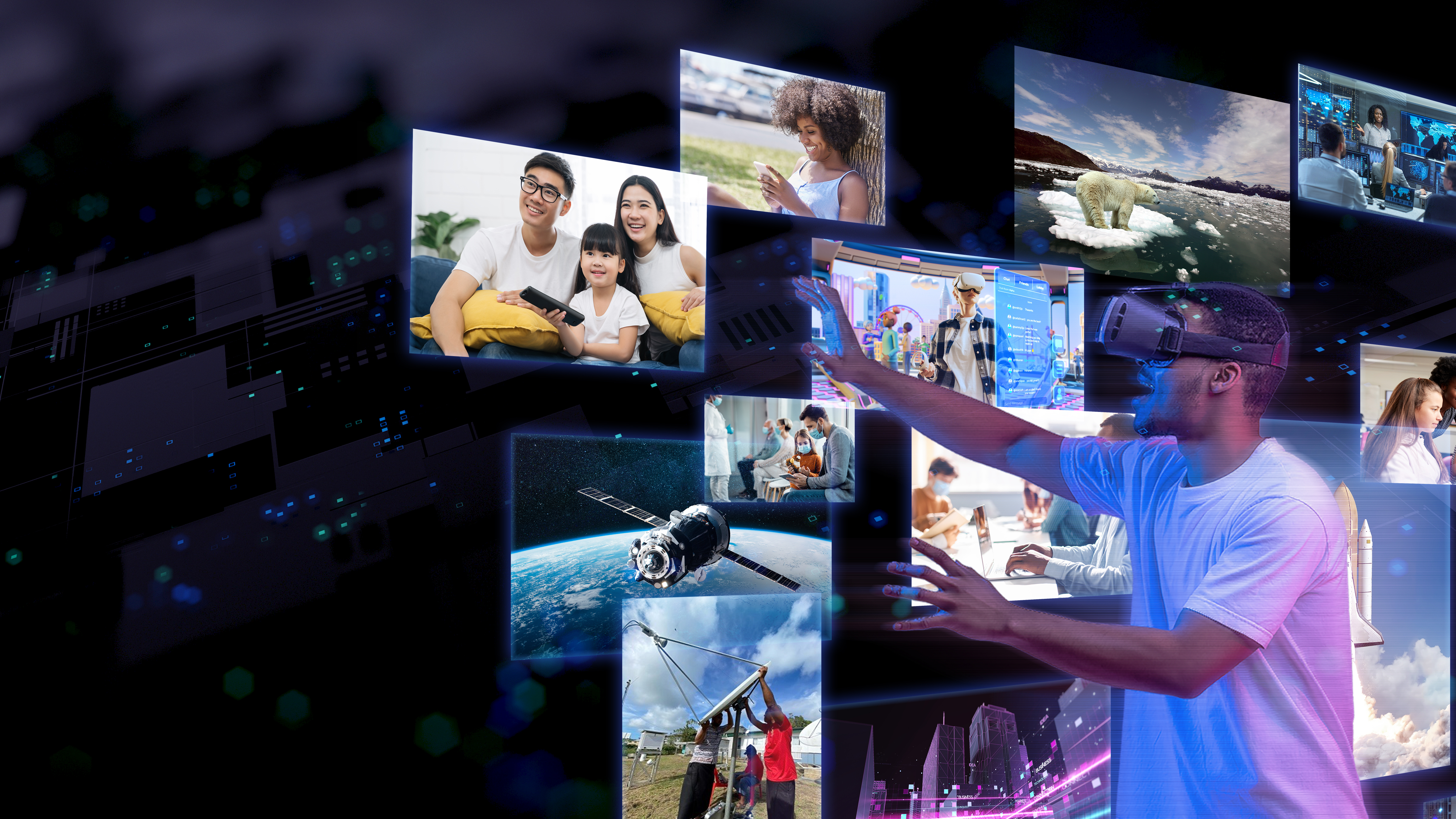Broadband cable & TV
ITU-T Study Group 9 (SG9) carries out studies on the use of telecommunication systems in the distribution of television and sound programs supporting advanced capabilities such as
ultra-high definition and high-dynamic range, 3D, virtual reality, augmented reality and multiview. This work also covers the use of cable and hybrid networks – primarily designed for the distribution of television and sound programs to the home – as integrated broadband networks to provide interactive v
oice, video and data services, including Internet access.
SG9 has taken the lead in promoting comprehensive discussions regarding the future of television, involving diverse stakeholders and spanning various media platforms. This initiative includes collaboration with other ITU Sectors, specifically ITU-D Study Groups and ITU-R SG6. As a result, a series of ITU workshops have been established in different regions globally. For a list of the events organized, please refer to the link provided
here.
Work highlights
SG9 achievements include international standards (ITU-T Recommendations) on voice, video and data IP applications over cable TV networks (IPCablecom); interactive cable television service; high-speed data services; and IP-based television and video-on-demand distribution (IPTV service).
SG9 has developed ITU-T Recommendations on next-generation cable modems which act as universal integrated receivers or set-top boxes for home networking. The cable modems link all types of in-premises electronic devices for applications such as entertainment, telecommunication, information technology, home-automation systems and telemetry (remote control and monitoring systems).
To stimulate the worldwide exchange of interactive TV services, SG9 has also developed a harmonized set of interactive content formats and common application programming interfaces (APIs). These standardized content formats and APIs are capable of providing the variety of functionalities required by the advanced interactive applications to be delivered over TV networks to end-users’ homes.
Furthermore, SG9 studies the use of cloud computing, artificial intelligence (AI) and other advanced technologies to enhance audiovisual content contribution and distribution as well as integrated broadband services over the cable networks;
In addition, the use of accessibility services (like captioning, audio caption) and new interaction technologies (like haptic, gesture, eye tracking and so on) to enhance accessibility of audiovisual content and related data services for people with different ranges of abilities are investigated.